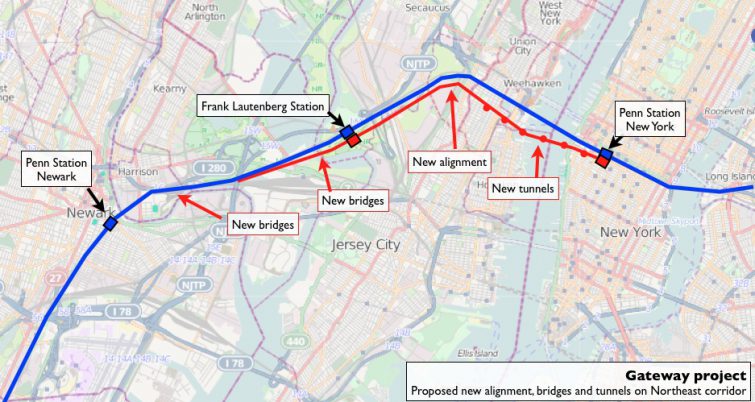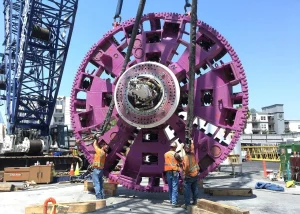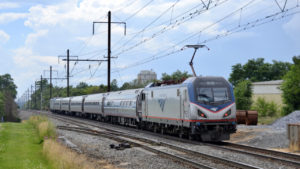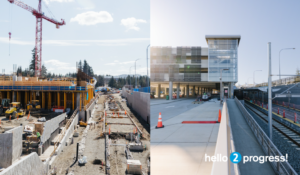Hudson River Rail Tunnel Construction to Begin in 2023 With $292M Grant
Written by Kyra Senese, Managing Editor
Sen. Chuck Schumer said Dec. 29 that a $292 million federal grant will enable construction to start in the upcoming months on the Manhattan side of the new Hudson River rail tunnels connecting Penn Station to New Jersey.
The funding will pay for about half of the $600 million cost of building the concrete casing of a box tunnel that will carry trains in and out of Penn Station beneath Hudson Yards as part of the Gateway Program, as reported by the New York Daily News.
The funds, according to Schumer, “will energize the vital Gateway Tunnel project. This massive amount of funds will mean construction on a critical element of the project can begin in 2023.”
The box tunnel will be the first major construction step completed on the Hudson River tunnel component of the Gateway project, according to the report, which also involves the renovation of two older rail tunnels that were first built in 1910.
The westbound concrete tunnel casing from Penn Station to Tenth Avenue is finished. Stephen Sigmund, a spokesman for the Gateway Program, said the federal funding will pay for the extension of the concrete tunnel casing from Tenth Ave. to west of Eleventh Ave., according to the report
The project’s Hudson Tunnel segment, which is expected to cost around $16.1 billion, will connect Penn Station to the Secaucus station in New Jersey, located about 4.5 miles away.
The Gateway project is estimated to cost $30 billion altogether, adding new tracks and bridges west of Secaucus. Four tracks will be available to trains between Newark and New York when construction wraps up in the 2030s, according to a news report.
The $292 million grant for the box tunnel work is the most significant award granted so far from a federal Department of Transportation grant program included in the federal Infrastructure Investment and Jobs Act, the report said.
The Gateway Program aims to improve reliability and capacity for a critical section of the Northeast Corridor, which officials note is the most heavily used passenger line in the U.S. The corridor currently moves more than 2,000 intercity and commuter trains transporting roughly 800,000 daily passenger trips across eight states and Washington D.C.
Additional recent coverage of the Gateway Program by RT&S is available here.





